No matter how good a grinder is, it will break down if it is not cleaned and maintained regularly.
Nowadays, many friends like to grind beans and make coffee at home. Of course, many friends also come to Qianjie to ask about buying a grinder. Here is a unified reply. Qianjie is not a professional mechanical evaluation. Qianjie has not experienced most of the grinders on the market, so it does not specifically recommend any grinder.
People with sharp eyes can also avoid the red zones known and shared by Qianjie according to their rough understanding of the performance requirements of the grinder, and choose a grinder they approve of.
Although the brand and model of the coffee grinder cannot be accurately recommended to everyone, Qianjie believes that purchasing an appropriate coffee grinder is an important step, and future maintenance and maintenance are more important.
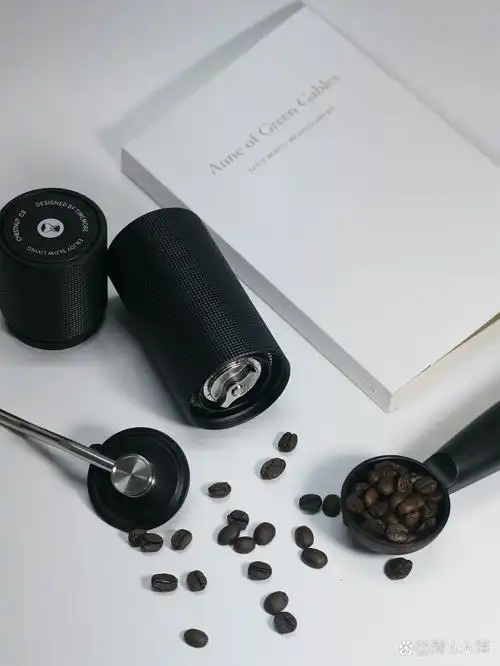
Hand grinder maintenance
The maintenance of the hand-operated coffee grinder is relatively simple, but it cannot be ignored. Generally, the all-metal one-piece hand grinder is already very accurate (referring to the bearings and connection ports), and many hand grinders can be fully disassembled.
After grinding coffee with a hand grinder, there are usually fine coffee powder particles attached to the bottom of the grinder, as you can observe after grinding. It is necessary to clean these fine powder particles after grinding. Of course, there are two places worth paying attention to, one is the powder bin, and the other is the bean grinder. Even if you shake the powder and beans in the powder bin, there will still be some fine powder that is not easy to notice with the naked eye. You can verify this by wiping the inner wall of the powder bin with your finger. This can be cleaned with a brush. If the powder bin is not cleaned for a long time, it will easily develop a fuel smell.
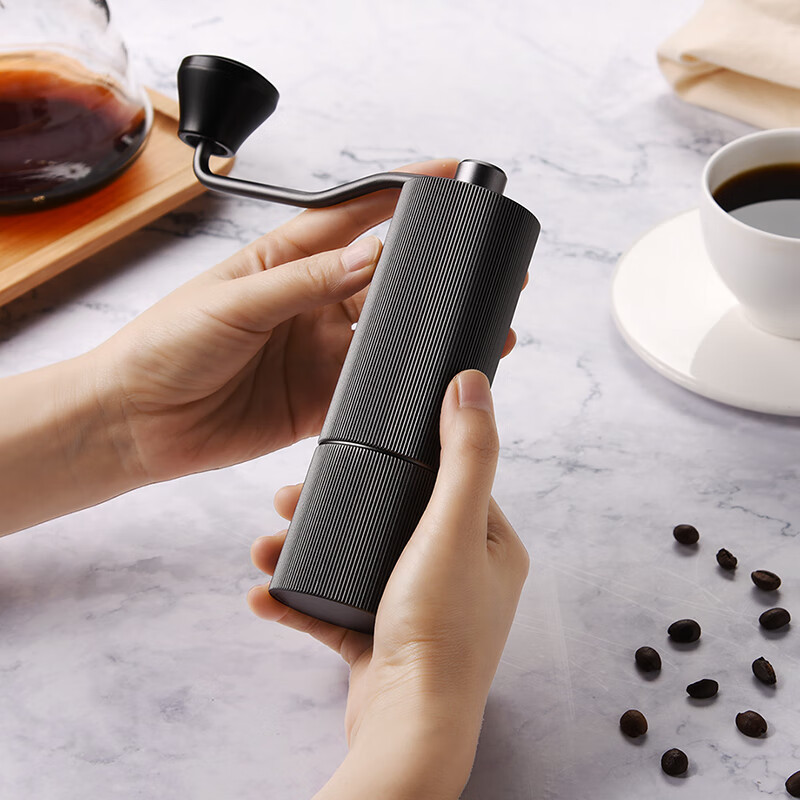
The bean grinder is the most easily overlooked, but in fact, there are some fine powder and fragments left in the blade plate when grinding beans. Ordinary fine powder can be solved by blowing air into the bean grinder, but some fragments stuck in the blade plate (there is a feeling of jamming when turning the bean grinder) need to be adjusted to the coarse direction, wait for the fragments to pass through smoothly, then adjust back to the original setting, turn dozens of circles, and confirm that there is no foreign matter.
Next is disassembly and maintenance. Disassembly and cleaning do not need to be done every time after grinding beans. If it is used frequently, it can be done about once every half month. If the bean grinder needs to be sealed for a period of time, it also needs to be disassembled and cleaned before sealing.
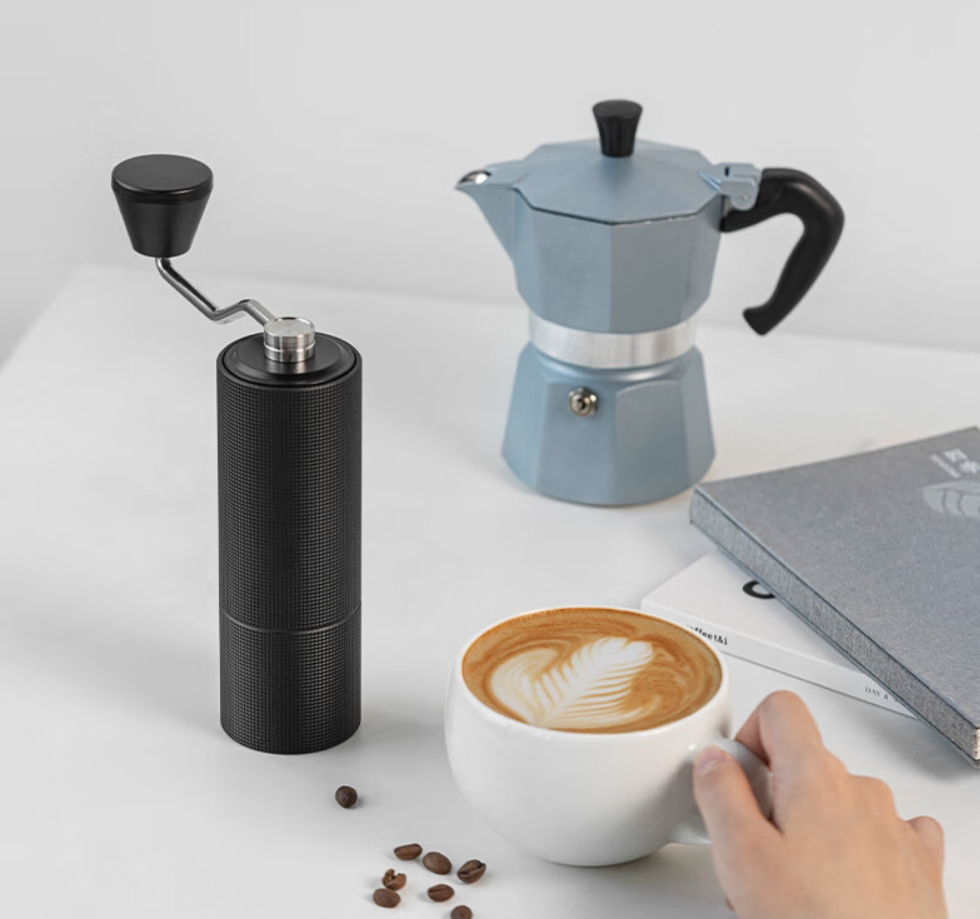
The main purpose of disassembly and cleaning is to clean the coffee residue on the bearings and the knife plate. It is difficult to clean this part without disassembly. At the same time, attention should be paid to the wear degree of the knife plate. The knife plate is an expendable item. If it is used frequently, the knife plate will have some wear after 2 years, and the most obvious impact is the fineness of grinding (increase in fine powder). Therefore, it should also be replaced regularly.
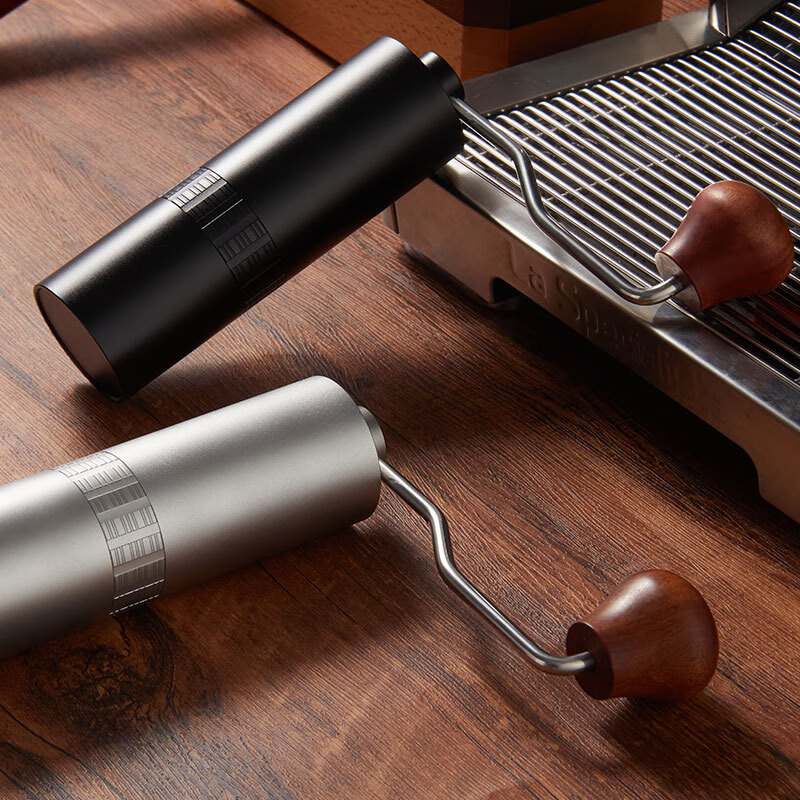
As for the question of whether it can be washed with clean water after disassembly, it is recommended to consult the manufacturer of the grinder. Currently, all stainless steel hand grinders that have been tested on the front street can be washed with water, but it is important to ensure that all components are dry before assembly. If the bearing is made of stainless steel, it also needs to be lubricated regularly. This is because when you spin the grinder without resistance, it means that the bearing needs to be lubricated.
SUBSCRIBE
INQUIRY
